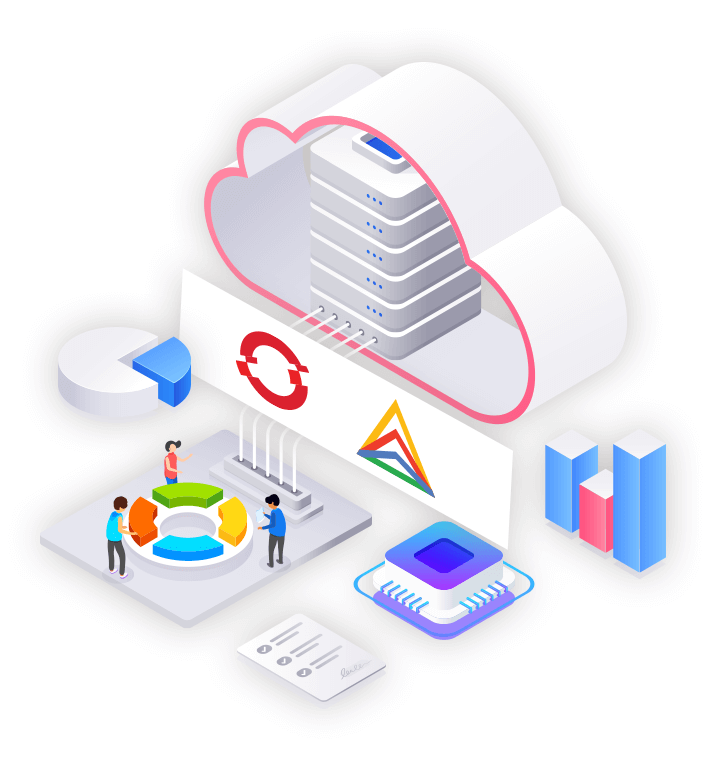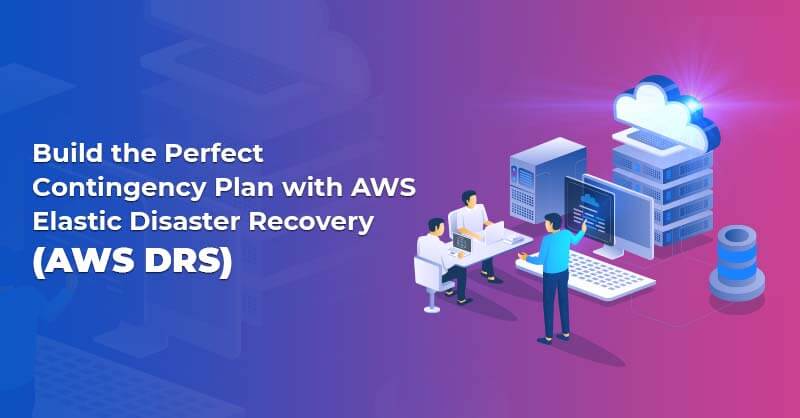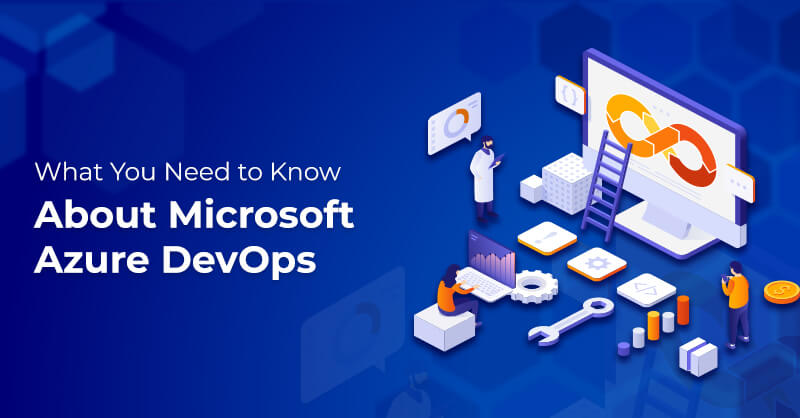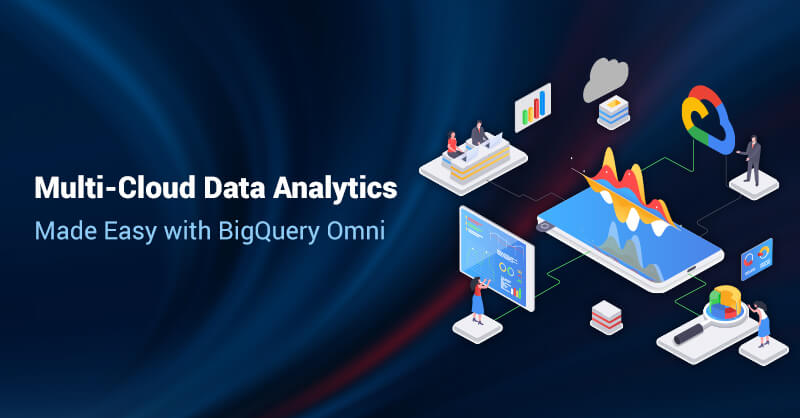Anthos vs. OpenShift: Understanding Their Role in Container Management
Written by Priya George
Content WriterContainers are one of the most crucial components of cloud computing. With the help of containerization, companies can migrate resources from on-prem data centers to private or public cloud platforms with minimal disruptions. Furthermore, the software can run on any environment and infrastructure by packaging all the software code with its libraries, dependencies, etc. This simplicity empowers organizations to create infrastructure solutions that best meet their requirements.
While containerization has been widely embraced by IT teams globally, it is essential to note the need for cluster management tools. With the help of cluster management tools like Kubernetes, it is possible to manage containerized applications across multiple cloud services platforms and/or on-prem. Kubernetes is an open-source platform developed by Google, and both Google Cloud Anthos and Red Hat OpenShift are platforms that can support managed Kubernetes services. This blog aims to discuss their differences and determine which tool to select based on the requirement.

Google Anthos Role in Container Management
With Anthos, companies can manage applications regardless of where the resources are located. It encourages both multi and hybrid cloud solutions. With Google Anthos, you can run Kubernetes or cluster management tools across AWS, Azure, and on-prem. Thus, with Google Cloud Platform’s Anthos, developers have access to a single-window for visibility and management of multiple clusters. Several Anthos services make managing clusters a much easier task:
- Anthos Config Management: This is essential for managing multiple clusters within a hybrid cloud environment. With features like Policy Controller, Config Sync, and Config Controller, Anthos can continuously protect and configure Kubernetes resources. To learn more in detail about the role of Anthos Config Management, we recommend that you read this blog.
- Anthos GKE: This service allows companies to manage Kubernetes resources without facing the hassle of a complicated migration. Anthos GKE refers to the service that handles the containers across all environments. Given its ability to manage clusters regardless of platform, it is also the closest offering to a bare-metal solution.
- Anthos Service Mesh: This service, powered by Istio, possesses all the capabilities of Istio too. However, with the help of Service Mesh, which exerts granular control over cluster capabilities, managing containerized applications becomes easier. Read our detailed blog by our GCP expert for details on Anthos Service Mesh and its unique features.
- Migrate for Anthos: With Migrate for Anthos, moving from VMs to containers has never been easier. In addition, it is the combination of Migrate to Anthos and Anthos GKE that helps in modernizing legacy applications. Read our blog to get an overview of the tool, and if you want a detailed account of how to containerize applications, we recommend downloading our whitepaper.
Other services that help Google Anthos manage and orchestrate clusters efficiently include Anthos Config Connector and Cloud Run. This serverless platform allows developers to integrate with non-Kubernetes services as well.
OpenShift Role in Container Management
Red Hat OpenShift can be best described as a dedicated platform for managing Kubernetes clusters. Services like Tekton, Grafana, Cri-o, and Red Hat Enterprise Linux CoreOS developers can easily manage Kubernetes clusters. In addition, it provides an experience similar to working on the cloud and enables applications to work across environments, including hybrid cloud, multi-cloud, and edge deployments. There are two essential solutions when it comes to an understanding of how OpenShift operates.
- Red Hat Cluster Management for Kubernetes: This solution on Red Hat OpenShift is dedicated to delivering an end-to-end solution that provides visibility into an organization’s entire Kubernetes domain through multi-cluster management policy-based governance and managing a whole application lifecycle.
- Sandbox: This solution provides access to an OpenShift environment with a pre-configured set of developers’ tools. This service helps create containers from source code or Docker files. In short, this feature empowers developers to build cloud-native applications.
- Red Hat Advanced Cluster Security: This service secures Kubernetes clusters against security vulnerabilities and risks. Detailed security monitoring, environment compliance scans with best practices, and automated guardrails within CI/CD workflows reduce the time and effort needed to implement security.
Need guidance for deploying applications in Red Hat OpenShift? This guide written by our RC Red Hatter can help you.
Anthos vs. OpenShift: Not an Equal Comparison
When it comes to pitting these two platforms, it is vital to know the purpose of these platforms. Google Cloud Platform’s Anthos is a hybrid cloud management solution for running Kubernetes. It is a layer on top of Google Kubernetes Engine that allows the workloads to operate across cloud service platforms that support Kubernetes. Overall, with Anthos and GKE, developers have access to a platform that supports more managed services and third-party tools, thus reducing time and easing setting up environments.
However, Red Hat OpenShift is an opinionated Kubernetes cluster management platform. Thus, it is far more inflexible, resulting in teams needing more time and workforce to set up applications and pipelines. This option is ideal for teams that require an all-in-one solution for containerization, automation, and cluster management. However, this choice ties up flexibility and portability.
The choice of OpenShift vs. Anthos comes down to organizational requirements. For organizations with already built workflows and need multiple services to run workflows across various environments, their best choice is Google Anthos. But for smaller organizations requiring an immediate solution for Kubernetes cluster orchestration, it is best to opt for OpenShift.
How Royal Cyber Can Help
Whether your business chooses Google Anthos or OpenShift as the platform for managing multiple clusters on Kubernetes, it is crucial to collaborate with an expert team that can help you set up the environment while optimizing costs and resources. This is when Royal Cyber steps in. With our Red Hat and Google Cloud services and expertise, your organization can migrate workloads from on-prem to cloud, access managed services to run cloud-native apps and set up compatible environments for these platforms.
To get more information, contact us at [email protected] or visit our main website at www.royalcyber.com.



